Frequency range: 26.5- 28MHz SWR: ≤1.2:1 Max. power: 35W continuous 250W Short time Bandwidth at S.W.R. 2:1: 1900KHz Impedance: 50ohm Whip length: 1200mm Adjustment: 0~90° Cable Length: RG58/157" Po...
See DetailsHow does a vehicle mobile antenna achieve dynamic tracking?
Dynamic tracking of vehicle mobile antennas is one of the important technologies to ensure signal stability when the vehicle is traveling at high speeds. Dynamic tracking technology enables vehicle mobile antennas to track the movement of the target signal source and adjust the direction and angle of the antenna accordingly to maintain good signal reception quality. The following will introduce in detail the principles and methods of dynamic tracking using vehicle mobile antennas.
First of all, vehicle mobile antennas are usually equipped with high-precision sensor systems, including gyroscopes, accelerometers, magnetometers, etc., for real-time monitoring of the vehicle's attitude and motion status. These sensors can measure the vehicle's acceleration, angular velocity and direction, providing the control system with accurate information about the vehicle's movement.
Secondly, the vehicle mobile antenna uses advanced control algorithms and automatic adjustment mechanisms to calculate the expected position of the target signal source based on the vehicle motion data provided by the sensor, and adjust the direction and angle of the antenna in real time to point in the direction of the signal source. This automatic adjustment mechanism usually includes a closed-loop control system, which achieves accurate tracking of the target signal source through continuous feedback, calculation and adjustment.
At the same time, vehicle mobile antennas may also use multi-antenna array or phased array technology to enhance the flexibility and accuracy of signal reception. By using multiple antenna units at the same time and adjusting the phase and amplitude according to the direction and motion characteristics of the signal source, more accurate tracking and positioning of the target signal source can be achieved. This multi-antenna array technology can effectively offset the multipath effect and signal attenuation caused by vehicle movement, improving the stability and quality of signal reception.
In addition, vehicle mobile antennas also need to consider factors such as signal delay and response speed when achieving dynamic tracking. Due to a certain delay in signal transmission, the control system needs to respond to vehicle movement in the shortest time and adjust the direction and angle of the antenna. Therefore, the control system of vehicle mobile antennas usually adopts high-speed, low-latency hardware and software design to ensure fast and accurate tracking of the target signal source.
The dynamic tracking of vehicle mobile antennas relies on advanced sensor technology, control algorithms and automatic adjustment mechanisms. By accurately monitoring the vehicle's motion status and adjusting the direction and angle of the antenna in real time, it maintains stable tracking of the target signal source, thereby ensuring that the vehicle is operating at high speeds. Signal reception quality and stability while driving.

 English
English Español
Español
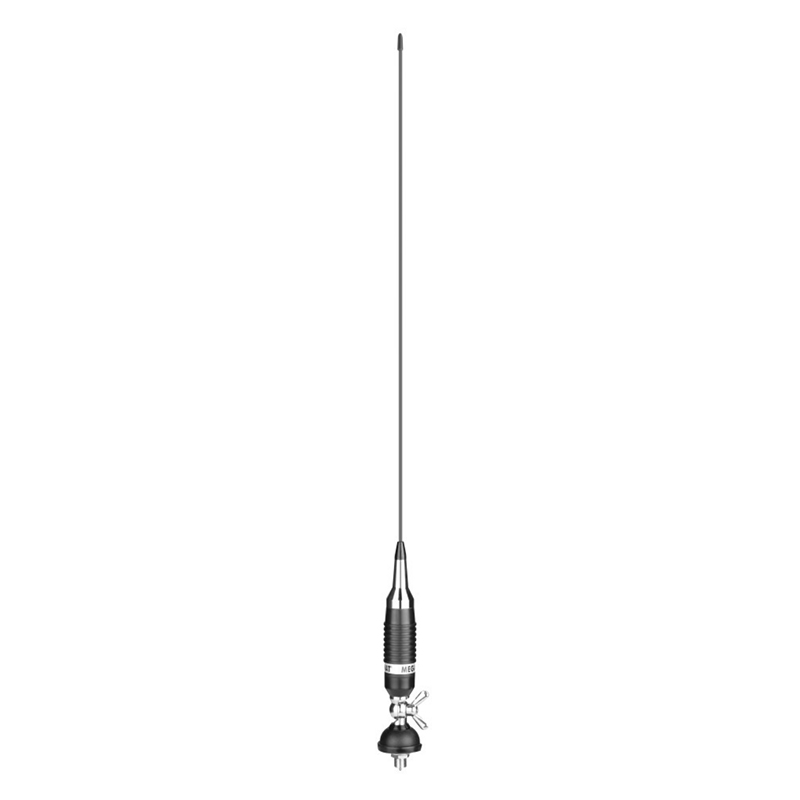
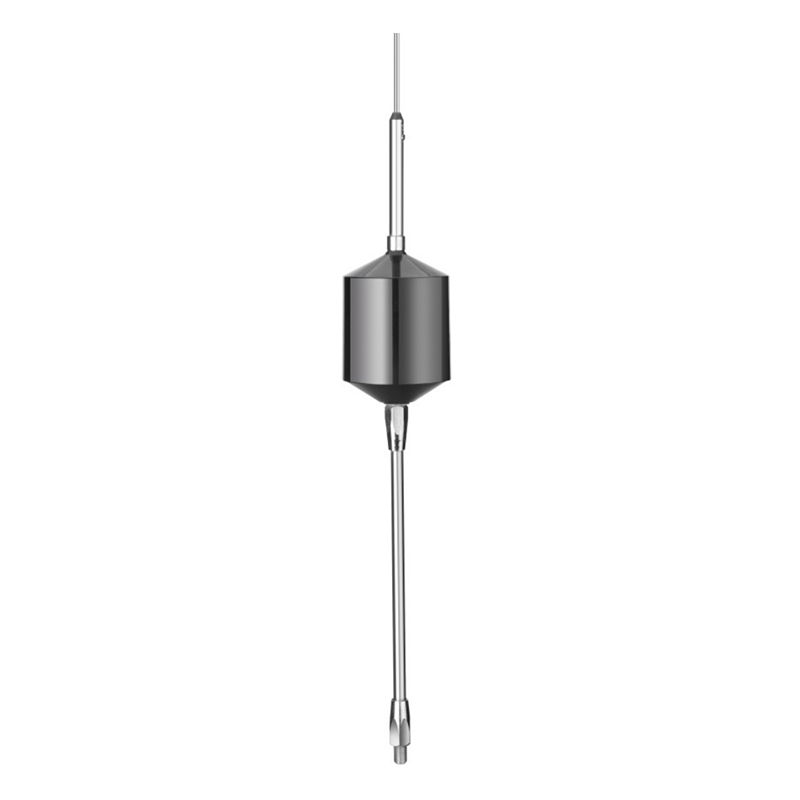


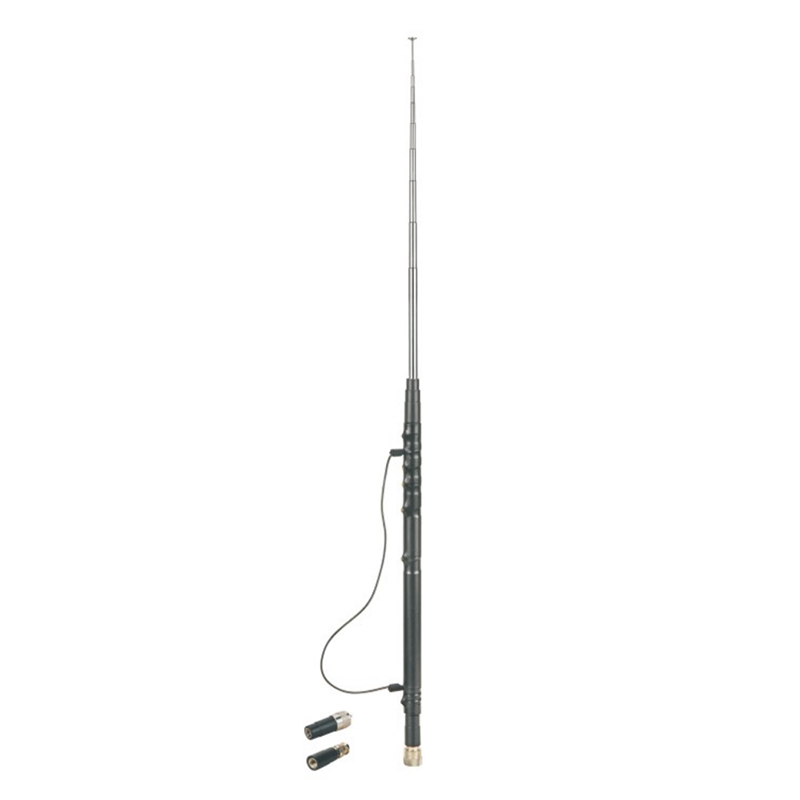

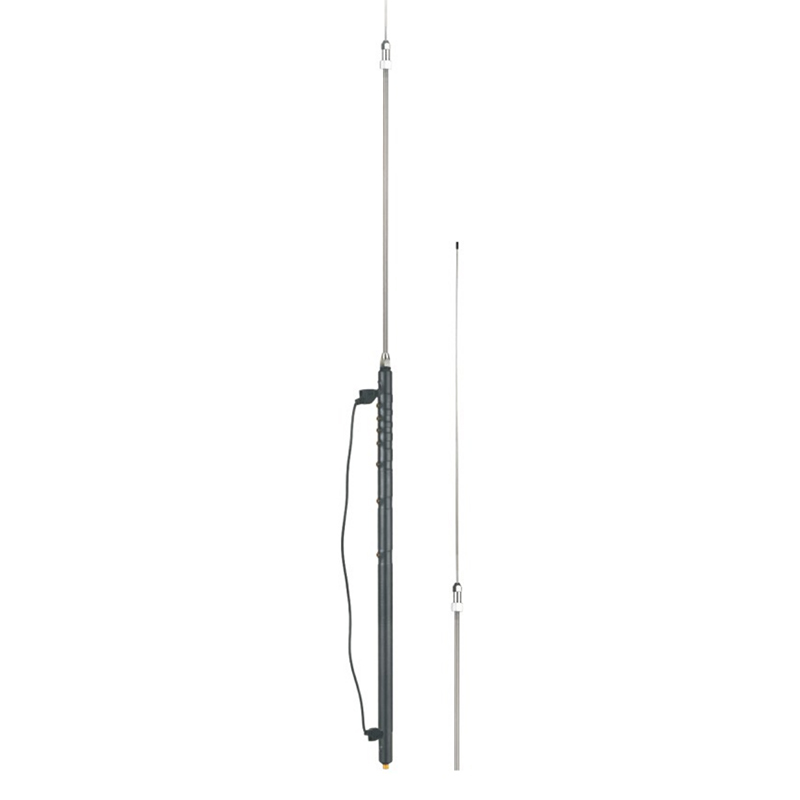
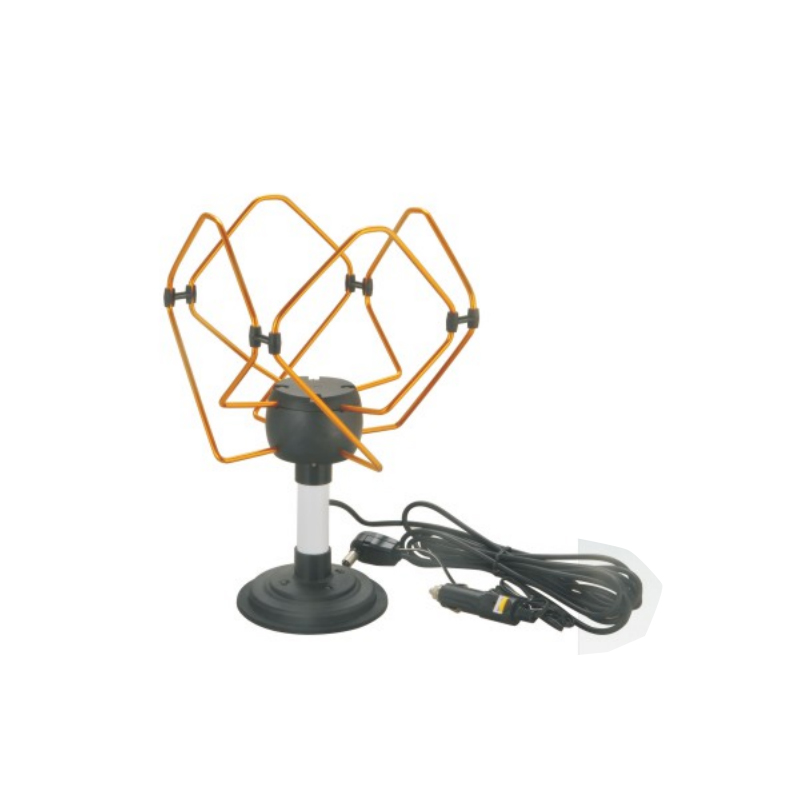
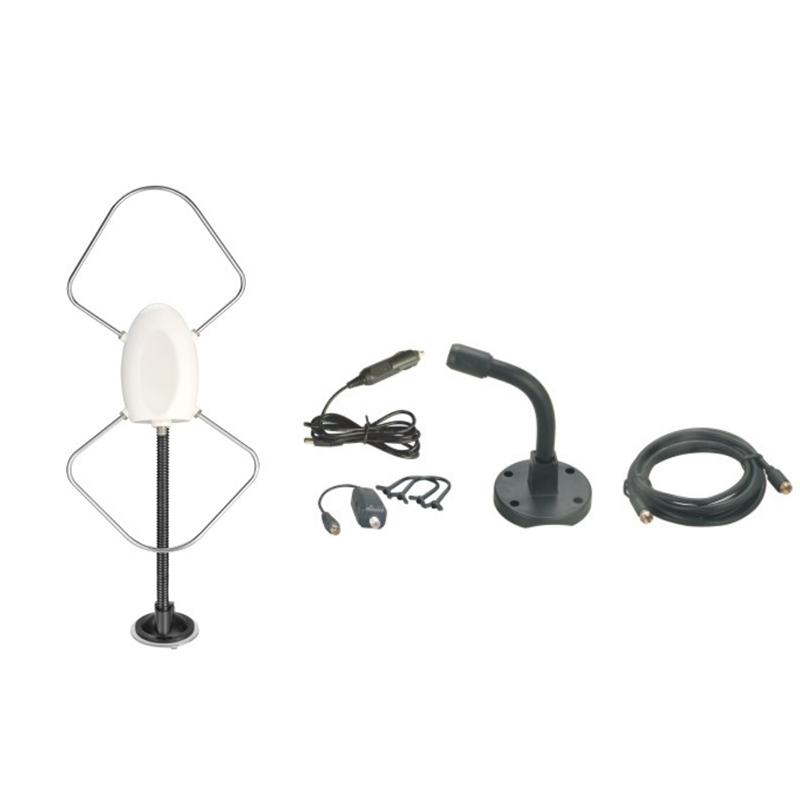
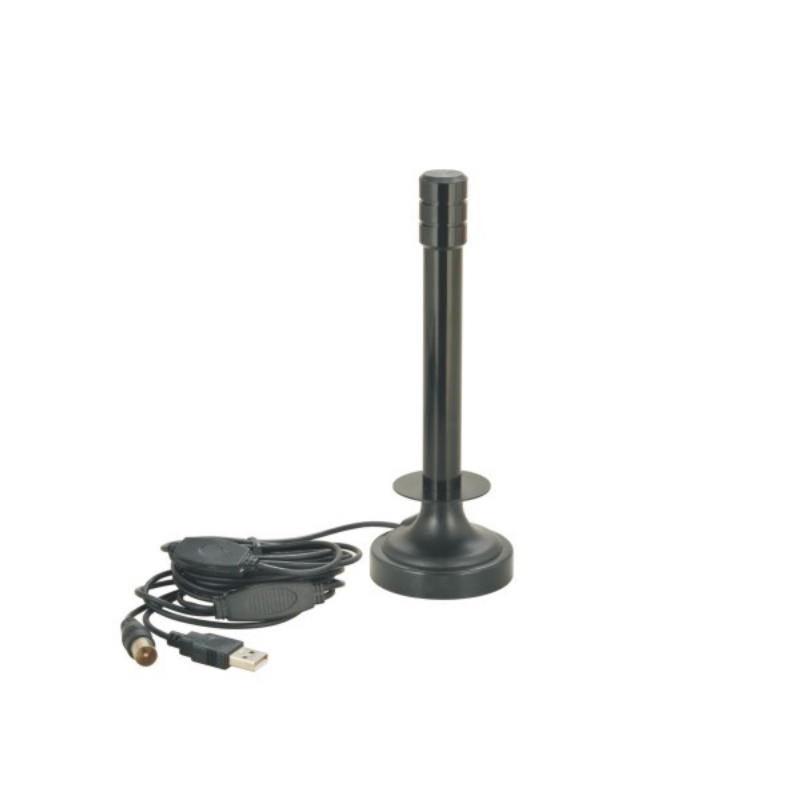

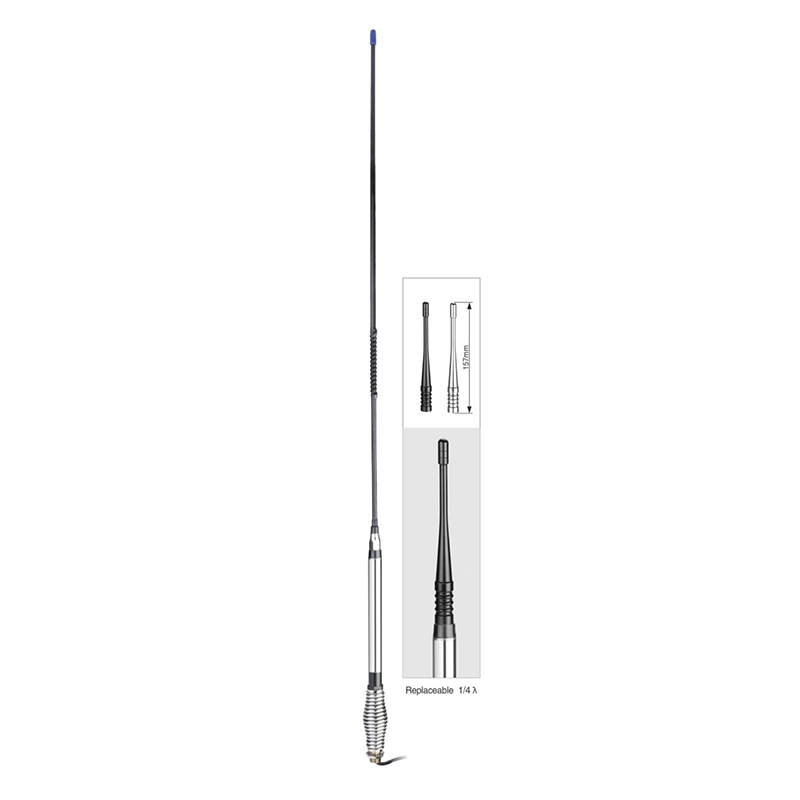

Contact Us